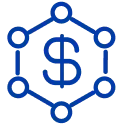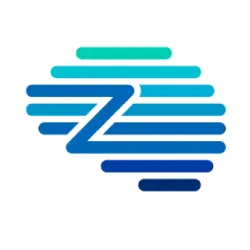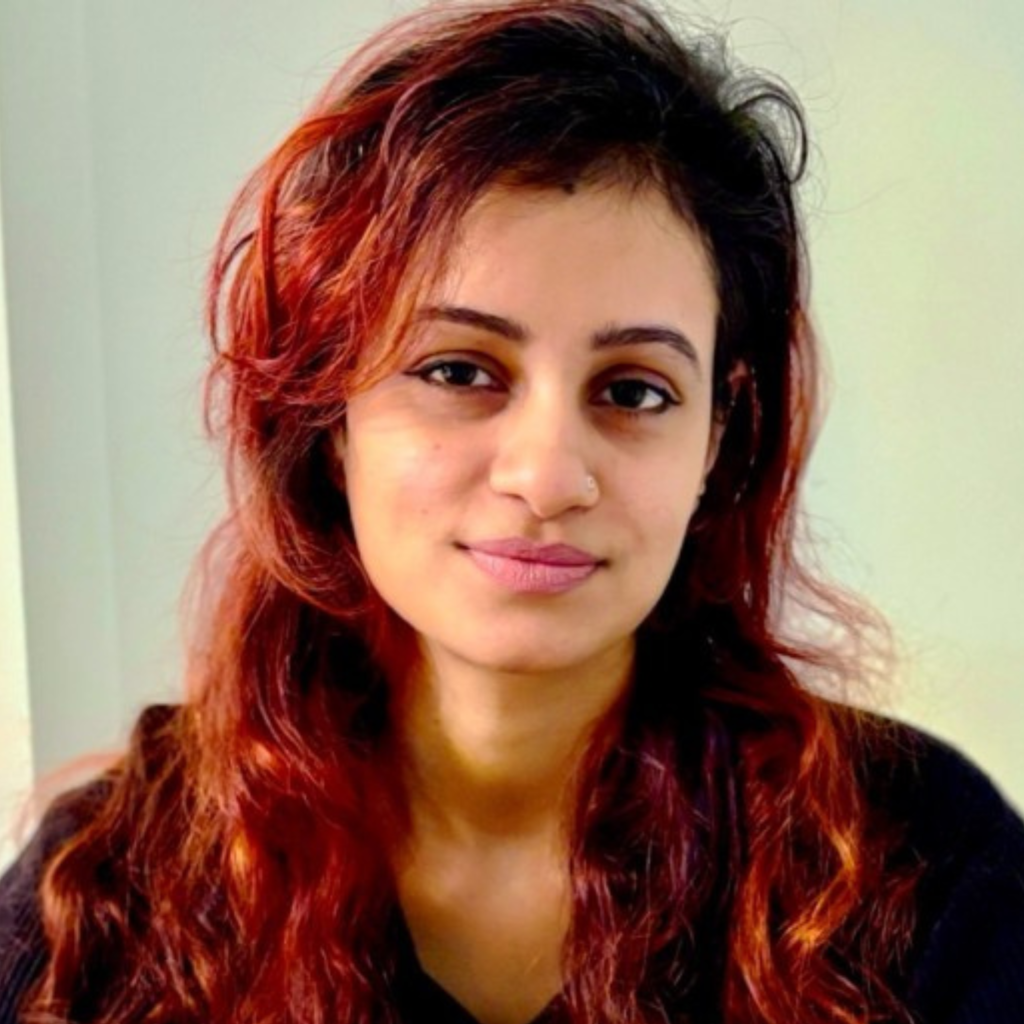Our latest initiative ‘Conversations in Middle East Procurement’ aims to publish a series of interviews conducted with well-known Procurement Practitioners from the region, who lay out the vision for their function while detailing out the best practices they have implemented along the way.
In the second post of the trilogy, Moustafa Helmy shares how tracking quantifiable metrics aids in improved performance and what the core management focuses on.
You may access the first post here.
ZYCUS: So let’s talk about the quantifiable metrics now: what kind of cost savings are you looking at? How about productivity improvement?
M. HELMY: Yes for sure. These are low level metrics we measure year on year and set targets for every procurement operation manager at Qatar Foundation. The overall department has a specified savings target on the budget. These need to be realized by employing a variety of tactics like negotiating better terms, improving cash management etc. These targets are laid out on the buyers to save on the budget. Of course, cycle time is also is one of the important ones.
ZYCUS: What kind of metrics does the management like to look at in terms of Qatar Foundation’s procurement performance? Are these any different from the ones you track?
M. HELMY: What we report to the top management is the final numbers. What we track on an operational level is more detailed. For example, the most common one we track is the cycle time – we measure this by looking at the difference between the Purchase Requisition Latest Approval date and the Purchase Order initial approval date within the e-Procurement system.
Our SLA’s are defined on the difference of these two numbers. We have a range defined for this difference which is a function of the value of the requisition. Additionally, there are a number of other metrics outside the SLA’s which need to be demonstrated to the management.
We also discuss with our management any slippages that occur on the SLA’s. For example, a number of times, our internal customers need to complete the technical evaluation which affects the PO cycle time.
ZYCUS: What kind of investments are you making in skill development for your teams? Also, what kind of tools/technology is being invested in to help your people achieve the targets and goals you have set for them?
M. HELMY: Sure. We have multiple lines of business; First line is for business and business process procurement. As we are CIPS Platinum, most of our team members trained upon their entry on the fundamentals of procurement and are further expected to complete their CIPS certification. We also encourage people to attend the various specialized courses especially in the domain of construction. We have a specialized team certified on construction contracts and conceptual legal arrears. Similarly, we are running a parallel process for the systems and the ERP, where we are conducting system and technology trainings to improve adoption. We continuously add functions to take these trainings and expect every procurement professional in Qatar Foundation to attend a minimum of one training session per month.
ZYCUS: So this was about the people investment. What about investments in Technology? Is there anything planned to help people increase their productivity?
M. HELMY: Yes, quite a few actually. One of the big initiatives we are currently working on is e-tendering. We are implementing our full-fledged e-tendering solution, focused on eliminating all the waste through the tendering process, especially for the high value contracts.
At the same time, we are developing another system for automation in tendering committees. These e-tendering committees handle multiple requirements for us. At this point, all the transactional stuff at these committees – be it discussions, meeting minutes, the comments as well as the decisions, go through manual EXCEL Sheets. This affects our process as well as our meetings.
We are now developing a system that allows them to meet online, share comments, note the minutes of meeting and share them online. They can also take decisions and announce it to all the stakeholders of the contract, allow them to delegate it to our team member if one of the tendering committee members is not in country. They can do all of this over their mobile devices. Thus, they can now contribute while they are abroad and give their decision without any delay instead of being physically available onsite and sign and stamp the documents. This will also help us eliminate the manual process of unsealing the envelopes and be witness to it. All of this will happen online with full traceability and order trace.
Our target for 2014 is to go live on the e-tendering solution and the tendering committee automation.
In our next post, we shall see how Qatar Foundation mitigates supplier risk through supplier onboarding and performance management.
Thanks for reading. Do leave your comments. Additionally, click on the download button below to access your complimentary copy of “Conversations with Moustafa Helmy” .











































